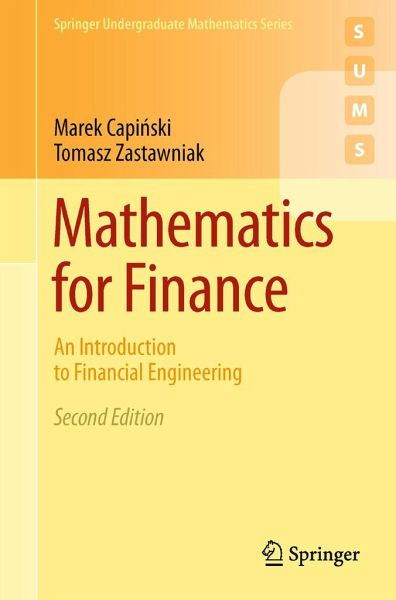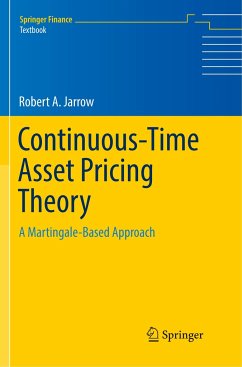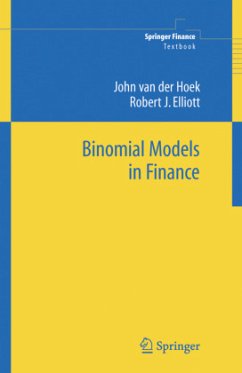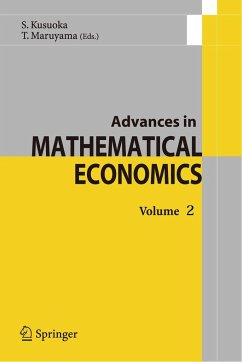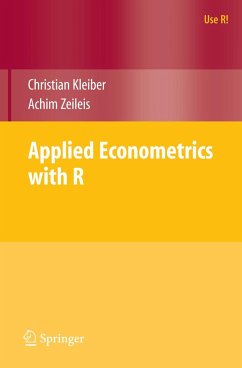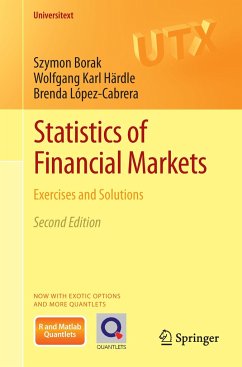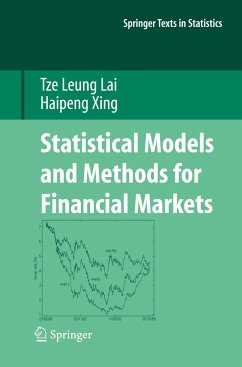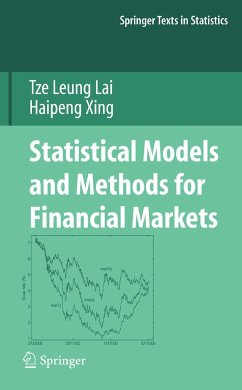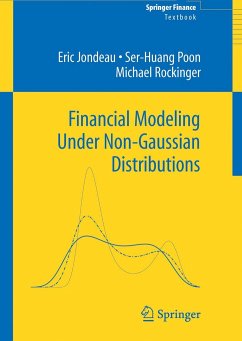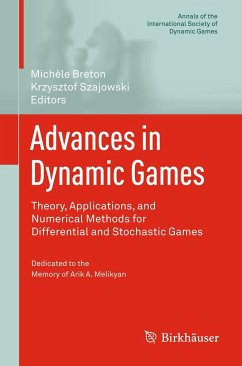appendix. This makes the book excellent for self-study. ... this book provides an excellent introduction to financial engineering. ... authors display impressive dexterity in ushering the reader from basics to an understanding of some of the deepest and most far-reaching ideas in the discipline." (David A. Huckaby, The Mathematical Association of America, February, 2011)
"This second edition consists of standard topics for undergraduate level financial mathematics courses, plus an introduction to materials from an advanced level course. ... Each chapter starts with a case study and ends with a discussion on it using the material taught in the chapter. In general this book provides many examples and exercises, which is very useful for helping readers to understand the materials covered. Overall this is a great book for upper level undergraduate students and those who want to self-study financial engineering." (Youngna Choi, Mathematical Reviews, Issue 2012 e)
"This textbook presents ... three major areas of mathematical finance at a level suitable for second or third year undergraduate students in mathematics, business management, finance or economics. ... The text is interspersed with a multitude of elaborated examples and exercises, complete with solutions, providing ample material for tutorials as well as making the book good for self-study." (Yuliya S. Mishura, Zentralblatt MATH, Vol. 1207, 2011)
